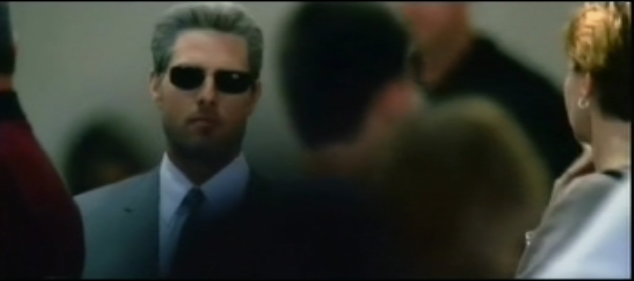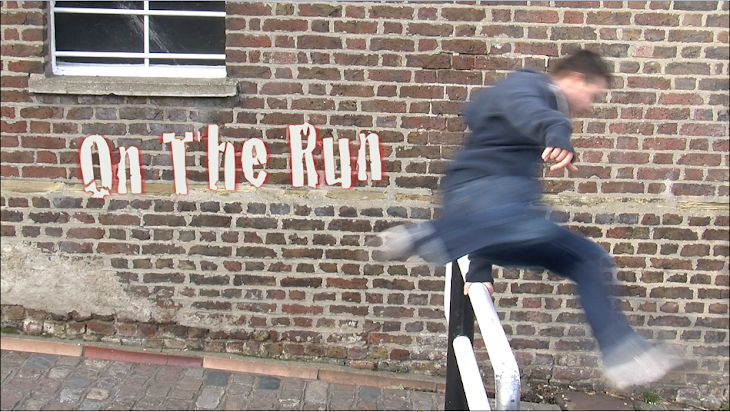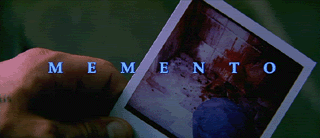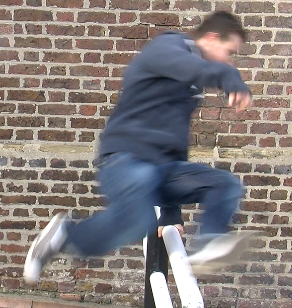How does your media product represent particular social groups?

Our protagonist is presented as a slightly cheeky ill composed young man. He represents a social group that is familiar with being looked down upon by those who consider themselves to have lived a wealthier lifestyle, but he knows just like many working class lads fighting to prove themselves in a city like this that his life has been rich and that wealth is something more metaphysical. We knew that by simply dressing him in a hoodie the viewer can begin to make assumptions as to his background, while not all of them positive this sort of stereotyping is widely used in the media. What is important in stereotyping a films protagonist is that you get people to question the stereotype by building upon the preconceived character throughout the story. I think we were more inspired by our own experiences and the knowledge that many people out there will be able to relate to them rather than another film when coming up with this character but you could say he stands as a polar opposite to many personalities seen in thrillers.
Take Tom cruise if the film Collateral for example:

The screen captured above is something i see as quite the opposite to the film we produced. The man above is moving steadily and assuredly in a crowd of people, quite different to the frantic sweaty escape of our hero. He's smartly dressed, and subtly hides himself behind those sophisticated shades, where as our guy comes over as exposed and certainly has a more casual attire. I suppose our film plays off professional characters like Tom Cruises' assassin in collateral, knowing the viewer is already familiar with them from other movies, allowing us to present them someone quite different.

 hown looking at the lake and we see someone behind him.
hown looking at the lake and we see someone behind him. Sound- the sound in our product is fast paced which builds up the tension as the actor flees for his life through the canal. there is a loud church-bell sound every time the slow-motion and the titles appear on screen.
Sound- the sound in our product is fast paced which builds up the tension as the actor flees for his life through the canal. there is a loud church-bell sound every time the slow-motion and the titles appear on screen.










